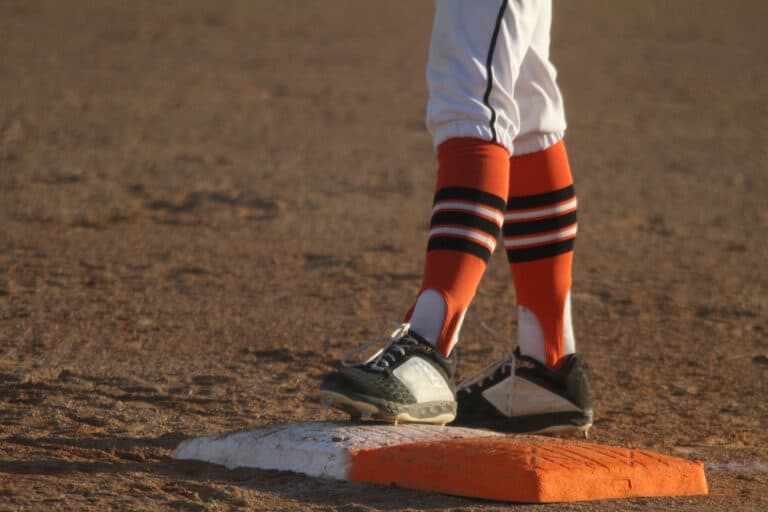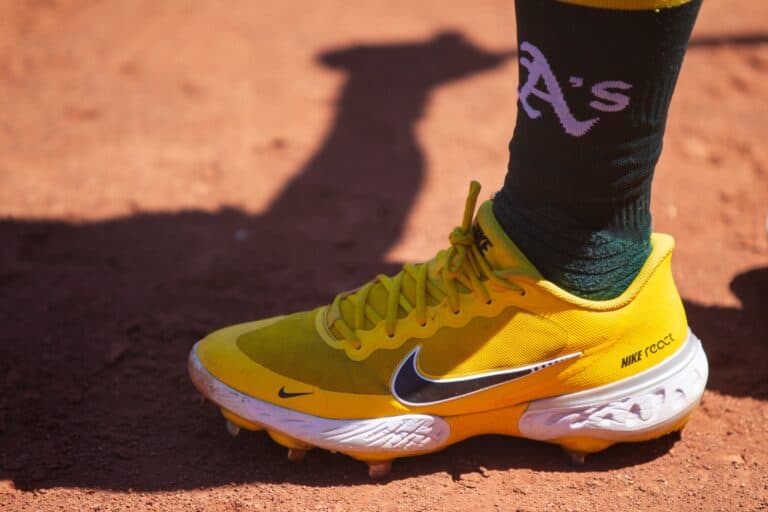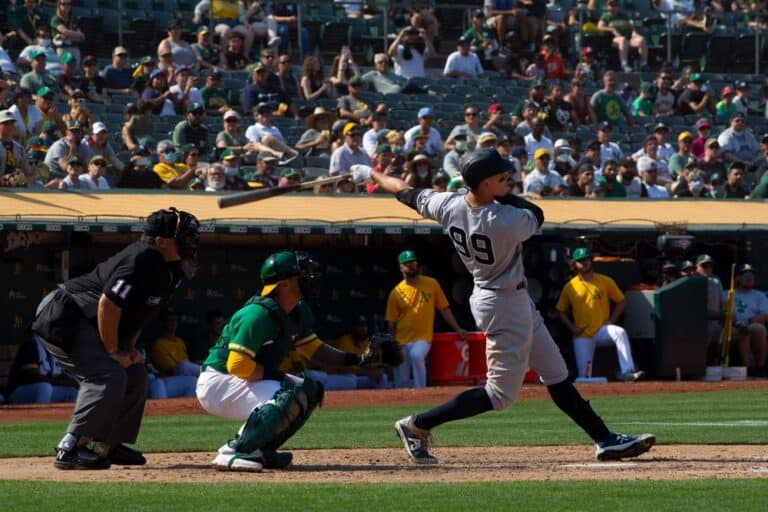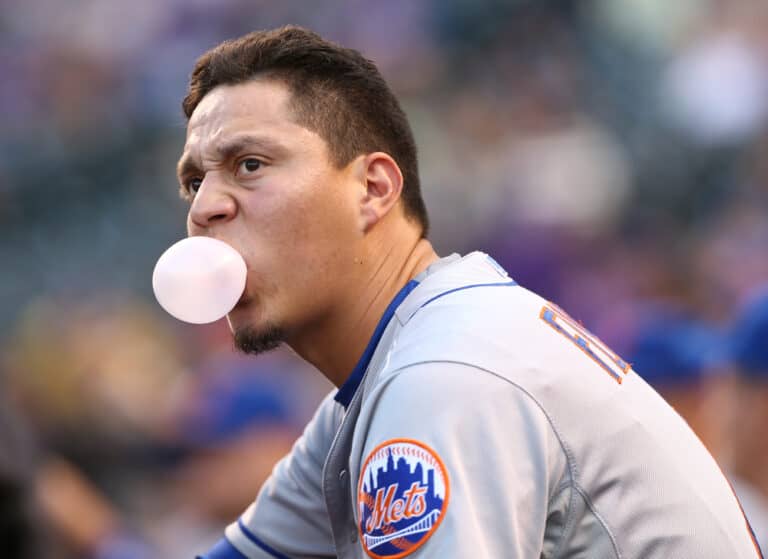Explained: LRP Meaning In Baseball
Baseball has specific terms relating to when pitchers enter the game and their role in the defensive strategy. Seasoned baseball fans would be familiar with the term RP or Relief Pitcher, but the LRP is a specific pitching term that applies to a particular player and used in a specific part of the game.
The LRP or Long Relief Pitcher, also known as a Long Reliever, is the term given to the pitcher that relieves the starting pitcher, usually around before or at the 5th inning in a game. They are generally former starting pitchers and can pitch for long periods if needed.
Understanding the difference between the starting pitcher, the Long Relief Pitcher, and the Middle Relief Pitcher will add a new dimension to how you view the pitching strategy used in defensive innings- so let’s get onto the mound for more on the LRP.
What Is The LRP In Baseball, And When Do They Pitch
The starting pitcher will begin the game and, most times, pitch for between 4 and 5 innings before the coach calls in the LRP. The long relief pitcher can pitch for a few innings, unlike the Middle Relief Pitcher or MRP, which would only typically pitch for one or maybe two innings.
The long relief pitcher would typically come into the game around the 5th innings to relieve the starting pitcher, but they can go in earlier if required. If the starting pitcher is giving runs or has picked up an injury, the LRP can come in earlier but still have the skill set to pitch for two or three innings before the MRP, Setup pitcher, and Closer takes over.
The LRP’s Pitching Role Vs. Other Pitchers
With all pitchers, the goal is to reduce runs and hits and close off innings by getting outs and conceding the fewest runs possible. A baseball team would have four types of pitchers employed by the coach to achieve this.
The starting pitcher is a role everyone knows, but there can be some confusion around the LRP, MRP, Setup, and Closing pitcher, so let’s look at each of those players and the role they play throughout the game.
The starting pitcher will kick the game off, and unless they get injured or have lost confidence and taking a beating on the plate, they will pitch until the 4th or 5th innings. The LRP would then be called in to pitch for the 5th and 6th.
The medium relief pitcher would then come into the game around the 6th or 7th innings, depending on the success of the LRP. Around the 8th inning, the setup pitcher would be introduced to ‘set up the game for the closing pitcher, who would then pitch the 9th innings.
Could An LRP Pitch For Multiple Innings
The LRP is a different pitcher from the MRP, set up, and Closer, and they can often be used to take over for the starting pitcher under certain circumstances. For example, if the starting pitcher picks up an injury in the first innings, the LRP would shift into starting pitcher role as a cover.
Because most LRPs have been starting pitchers, they have the athletic capacity to shift into this role and pitch for five or more innings if need be. While it would be unlikely that an LRP would pitch nine innings, it could be feasible under extreme conditions.
Here is a scenario where the LRP would be brought in early. The LRP would come into the game sooner than usual to avoid tiring the starter or risking injury when the game is considered as already lost. Where the starting pitcher has given up a lot of runs and the offense is scoring heavily, the coach can relieve the starting pitcher and save the arm.
If the game heads to overtime and the starters have done extensive work during the game leaving the team a little understaffed, the LRP could be brought in to pitch the overtime inning.
Another example where an LRP could be brought in is when the team is far behind on the score, and the offense fails to close the gap by scoring runs. Coaches might opt to retire, save the starting pitcher, and use the long relief instead to pitch through.
As the starting pitcher tires, the risk of injury increases, and the intervention of the relief pitchers comes into play. Remember that the word ‘relief’ does not indicate that the LRP is secondary but rather a skilled performer that fulfills a specific role in the defensive strategy.
In the unlikely event that the starter is thrown out of the game, the LRP would step in and assume the starter role, with the MRP possibly entering the game a little earlier than usual.
Do Long Relief Pitchers Play Back-To-Back Games
Long-relief pitchers do not play games back-to-back as they usually take a few days off between games to recover and rest. To ensure that the LRP is not overused, baseball teams can have more than 10 pitchers on rotation throughout the season.
An MLB team comprises a 28-man roster and may not have more than 14 pitchers in the rotation, but it looks like this will revert to a maximum of 13 pitchers over the 2022 season and in the future. This rule was first agreed on in 2019 for implementation in 2020, but the delay due to COVID pushed this ruling out for two years.
Most baseball teams have five starting pitchers; the rest are relief pitchers, including LRPs, MRPs, Setup pitchers, and Closers.

Conclusion
The Long Relief Pitchers play a critical role in the defensive strategy and offer the coach a versatile option regarding containment, relief, or replacement of the starting pitcher. Because they have starting experience, the LRPs also bring that to the game and use it to control tight situations.
Aside from pitching for more than two or three innings if needed and starting or coming in early, the LRP in baseball is an integral part of the overall team, game, and season plan. While the term LRP may often be heard in fantasy league baseball, good long relief pitchers are essential to a team’s success.







